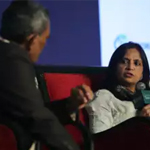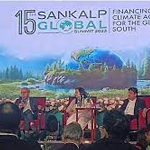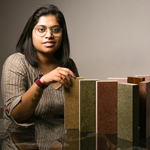-
BIS Infotech | December, 19, 2023
IoT in Agriculture: Sankalp Global Award Finalist CityGreens in BISinfotech Magazine
Read More -
Times of India | December, 12, 2023
Tamil Nadu’s blue carbon initiative offers key lessons for coastal states at climate summit
Read More -
National Herald News | December, 12, 2023
Global Commitments by Global Institutions at the 15th Sankalp Global Summit 2023
Read More -
CXO Today | December, 12, 2023
Building Tomorrow: Shriti Pandey’s Strawcture Eco Shines at Sankalp Global Summit 2023
Read More -
Youthki Awaaz | December, 12, 2023
Green Pioneers: 4 Startups Leading The Climate Change Charge
Read More -
GHANA MEDIA | June, 29, 2023
Four innovative young entrepreneurs honoured at the Sankalp West Africa Summit Awards 2023- Coverage of #SankalpWestAfrica2023 in Ghana Media
Read More -
CAPITAL NEWS | June, 29, 2023
Sankalp West Africa Summit 2023 Climaxed With Sustainable Fashion Show- Coverage of #SankalpWestAfrica2023 in CapitalNews
Read More -
MODERN GHANA | June, 29, 2023
Green Afro-Palms wins Sankalp West Africa Enterprise Award – Coverage of the Winner of the 1st Sankalp West Africa Summit Awards at #SankalpWestAfrica2023 in Modern Ghana
Read More -
Ghana Web | June, 29, 2023
Announcing winners of the 1st Sankalp West Africa Summit Awards 2023- Coverage of #SankalpWestAfrica2023 in Ghana Web
Read More














